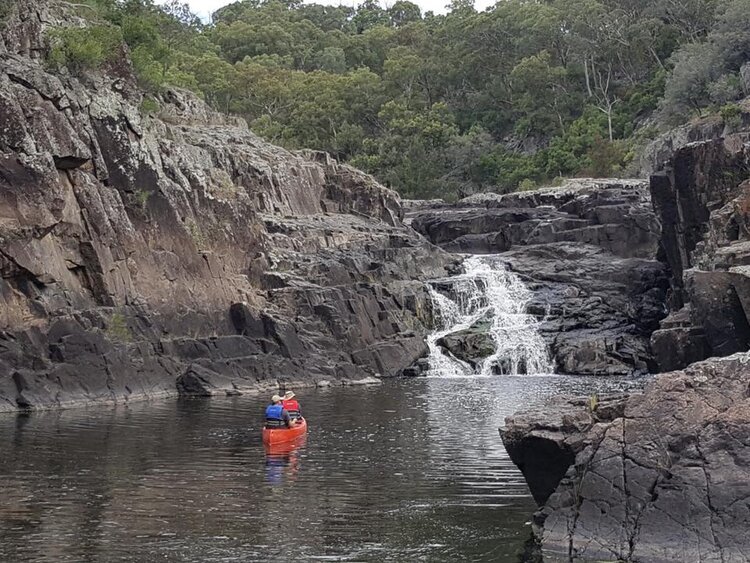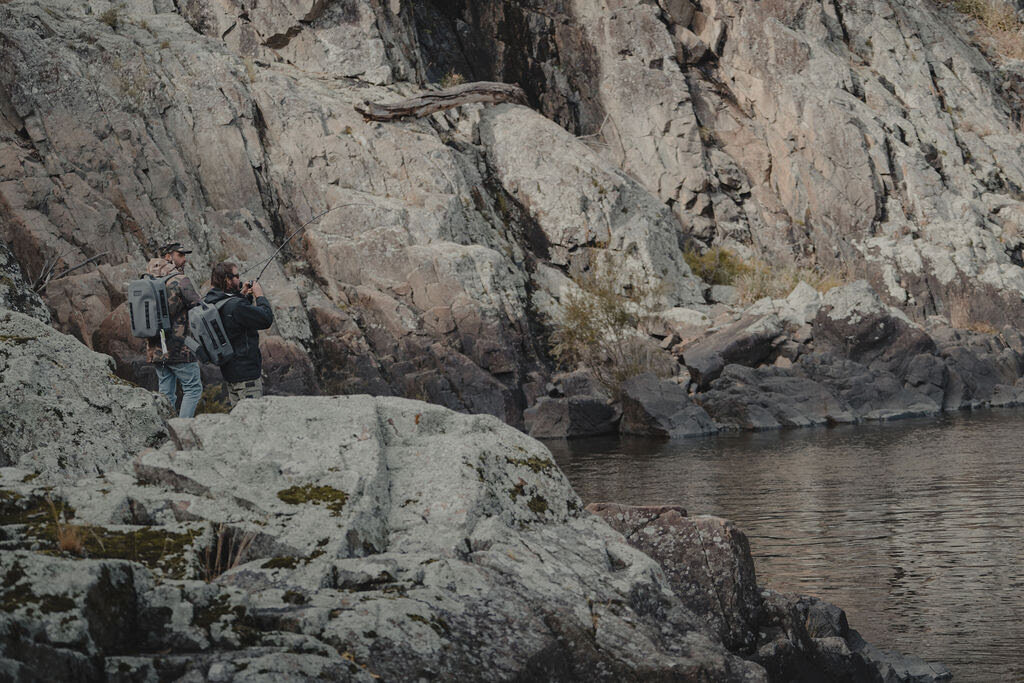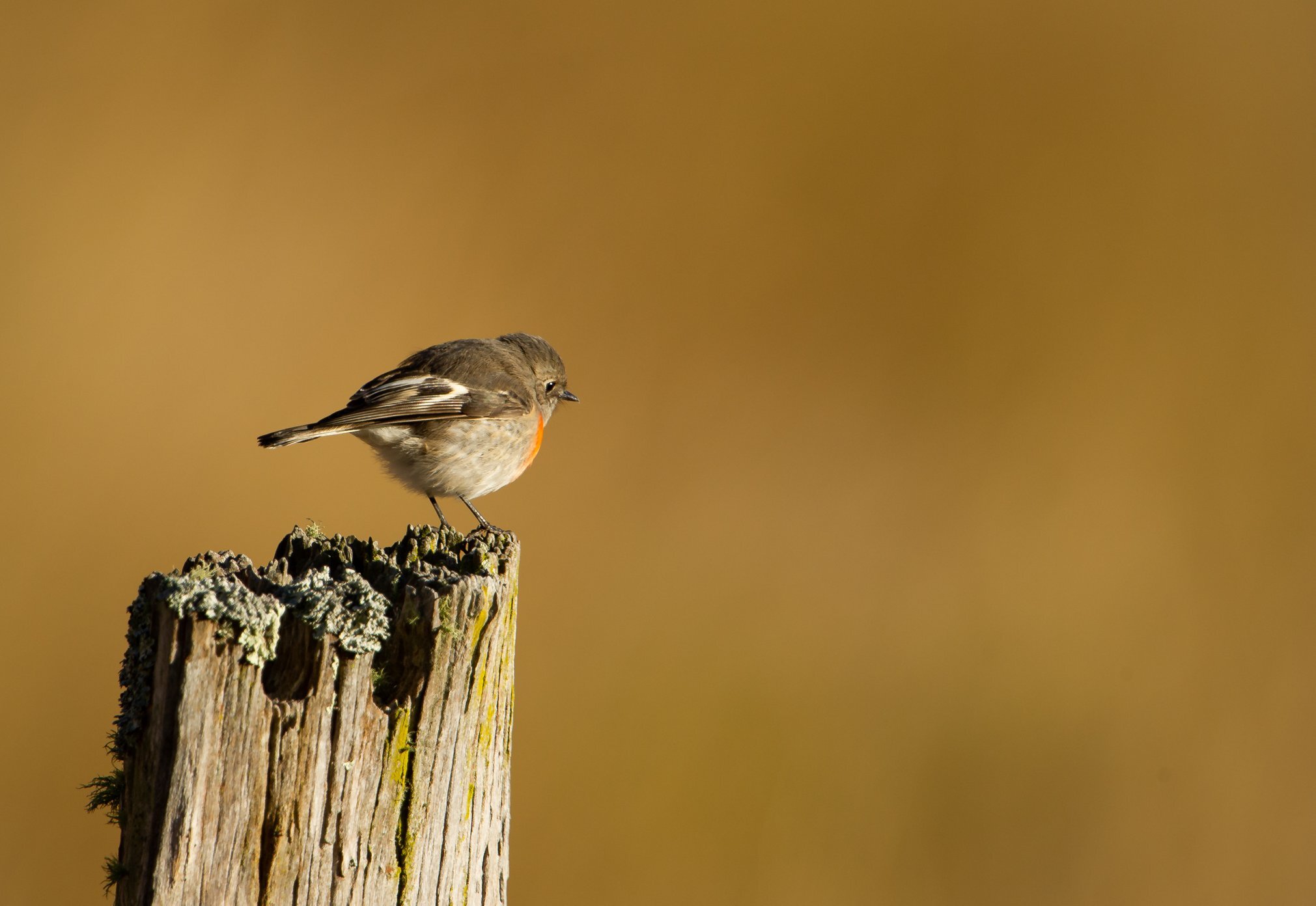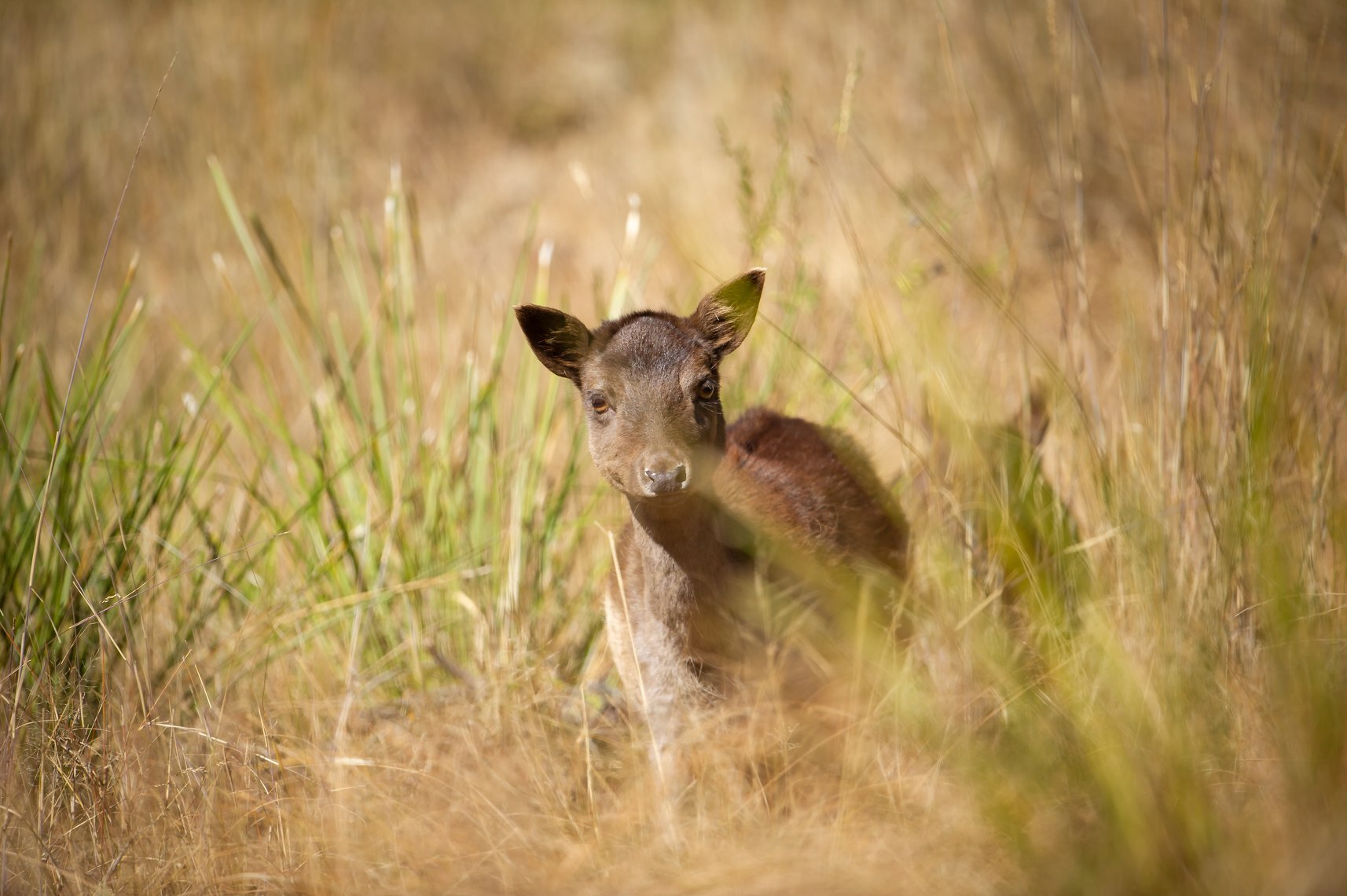To Do..
Fishing
The most sort out thing to do is Catching and releasing a fish from the river or dam.
Canoeing and Kayaking
The Severn River in average conditions comprises deep pools interconnected by waterfalls or sloping rock outcrops.
Be it fishing for Murray Cod or just a plain relaxing day on the water paddling a canoe or kayak is the ultimate enjoyment.
Bush Walking
You have access to 1500 acres of beautiful country. Trek for kilometre after kilometre in natures’ high country where your companion’s live day after day.
Astronomy
Study the Stars in the clearest of skies, It’s a fact that the clearest night skies are viewed from the Siding Springs Observatory in the Warrumbungle Ranges a few hundred kilometres SW of us and we too share that same clarity. Stars are seen rising through the trees on the horizons and the Milky Way extends seemingly forever. In the early predawn skies during November the Leonid Meteor Showers make an awesome sight so do not forget to bring a telescope or binoculars when you visit us
Painting & Photography
From magnificent waterfalls to high country forest -- mountain vistas or our splendid sunsets Bens Falls Retreat is a playground for both amateur and professional artists and photographers. Capture the beauty of nature in peaceful surrounds. An easy way to spend a quiet day or two away from the normal routines
Bird watching -- Flora and Fauna
From Wedgetail Eagles to tiny Wrens Bens Falls Retreat offers an abundance of Flora and Fauna. Bicheno and Diamond Firetail finches, Rainbow Kingfishers, King Parrots, and many types of Rosellas frequent our trees and grasslands. Kangaroo and Wallaby join Deer, Goats, Pigs, Fox, and Rabbits while the many dams and waterways throughout the district provide a haven for migratory waterfowl. Rock Orchids and frail ferns are found along the gorges while stands of Ironbark, Yellow Box, Black Pine and Black Butt provide shelter from the summer sun.



















